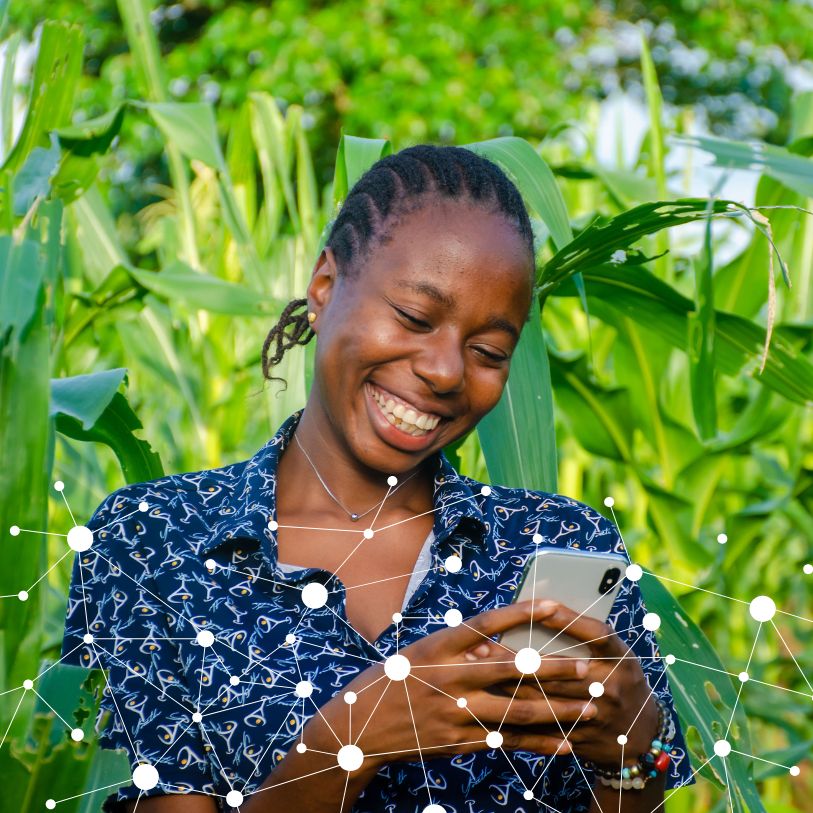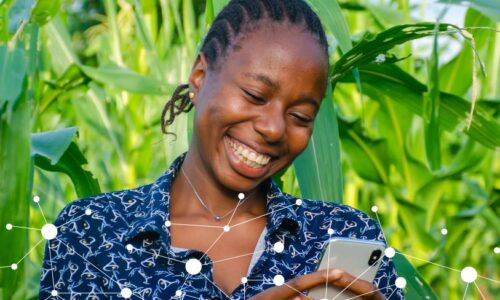- CKZ Group
- 0 Comments
- 180 Views
Fiber-optic networks form the backbone of East Africa’s digital economy, supporting everything from mobile banking and e-commerce to education and healthcare. Recent data show that Sub-Saharan Africa’s internet users jumped by 115% between 2016 and 2021worldbank.org as broadband access expanded. Behind this growth is massive investment in fiber connectivity – both undersea cables and terrestrial backbones – which dramatically increases bandwidth and speeds. In fact, new undersea and land cables are adding tens of terabits of capacity, reflecting that “undersea cables are the backbone of Africa’s digital economy”carnegieendowment.org. This fiber backbone enables the continent’s digital services; for example, East Africa Broadband projects have connected remote schools, hospitals, and businesses to high-speed Internet (techafricanews.comafdb.org).
As Kenya’s government has noted, nationwide fiber rollout will “connect schools, government institutions, health centers, homes, and businesses,” driving inclusion and economic activity. Major projects illustrate the scale of this build-out. For instance, the World Bank–backed Horn of Africa Growth and Development Project is laying 740 km of fiber from Isiolo to Mandera (near Somalia) plus another 200 km for last-mile links (ecofinagency.com), while the Bayobab East-West Fiber connects Kenya to Uganda and beyond (a 1,000+ km route) ecofinagency.com. Regional efforts go beyond single countries: an African Development Bank initiative (the East Africa Broadband Network) now links five East African Community countries (Burundi, Kenya, Rwanda, Tanzania, Uganda) to submarine gateways afdb.org. These networks lower latency and costs for trade and digital services across borders.
Fiber expansion is unlocking real economic and social benefits. According to the AfDB, connecting rural areas yields immediate payoffs: farmers get real-time market and weather data, remote students access online learning, and healthcare workers deliver telemedicine to isolated clinics afdb.org. Similarly, broadband access lifts incomes. A World Bank report found that in Tanzania and Nigeria, sustained internet exposure cut extreme poverty by about 7% and boosted employment and wagesworldbank.org afdb.org. In East Africa specifically, improved connectivity has already spurred new digital businesses, mobile money platforms (like M-Pesa), and e-government services. Mobile coverage today reaches roughly 89% of Africa, and fiber backbones make that mobile broadband faster and more reliable. For example, investments in long-haul fiber have led to a 41% annual growth in Africa’s international bandwidth (2020–2024) blog.telegeography.com, bringing high-speed Internet to millions of users.
Despite this progress, serious challenges remain – especially the last-mile gap. Only about 37% of Africans had broadband in 2023, and with 60% of the population rural, many communities are still dark iafrica.com. High costs pose a barrier: a single kilometer of fiber can cost $15,000–$30,000 to deploy jepaafrica.com. Rugged terrain, long distances, and right-of-way issues make rural fiber expensive and slow to build. Conflict and instability (in parts of northern Uganda, Ethiopia, etc.) further complicate deployment jepaafrica.com. As a result, even countries with strong core networks, like Rwanda, struggle to extend fiber into remote provinces. This “last-mile” problem has prompted complementary solutions. For instance, TV white space technology – which uses unused UHF TV spectrum – is being tested to carry broadband signals cheaply over long distances, since sub-1GHz frequencies propagate well through obstacles talkafrica.co.ke. Likewise, Low-Earth-Orbit satellites (like Starlink) are emerging as an option where fiber cannot reach, potentially serving as a “primary” access in very remote areas developingtelecoms.com.
To maximize the benefits of fiber, stakeholders should adopt proven strategies. Policymakers can streamline permitting and encourage public–private partnerships so rural networks become financially viable. Operators can mix fiber with wireless (e.g. 4G/5G fixed wireless access) to extend coverage cost-effectively: McKinsey notes that 5G FWA can deliver “fiber-like speeds” in underserved areas without laying cable mckinsey.com. Enterprises and governments should also leverage existing infrastructure: for example, sharing fiber conduits with power lines or highways. By planning future network expansion jointly (regional corridors, cross-border links), countries avoid duplication and ensure robustness.
Actionable insights: Network operators and agencies should adopt a fiber-first mindset for core connectivity, while using hybrid approaches at the edge. This means investing in long-haul fiber backbones and key cross-border links, then complementing them with wireless or satellite for last-mile reach. It also means deploying a mix of fiber and FWA (fiber-to-the-tower plus 4G/5G radios) to bring broadband to villages. Efficient project execution – using modular technologies, quality materials, and trained workforce – can cut costs and timelines. Finally, monitoring and maintenance (e.g. rapid repair of cuts, regular equipment checks) ensure networks stay up.
By strengthening fiber infrastructure, East Africa can harness its digital potential. Well-connected networks spur innovation in fintech, agritech, education, and more. In this context, CKZ’s deep experience and regional presence in fiber deployment are key assets. With proven engineering and rigorous project management, CKZ helps telecom providers and governments build resilient fiber networks. Our role is to translate strategic goals into concrete designs and rollouts, ensuring that the digital economy’s foundation – fast, reliable fiber – reaches every community.






